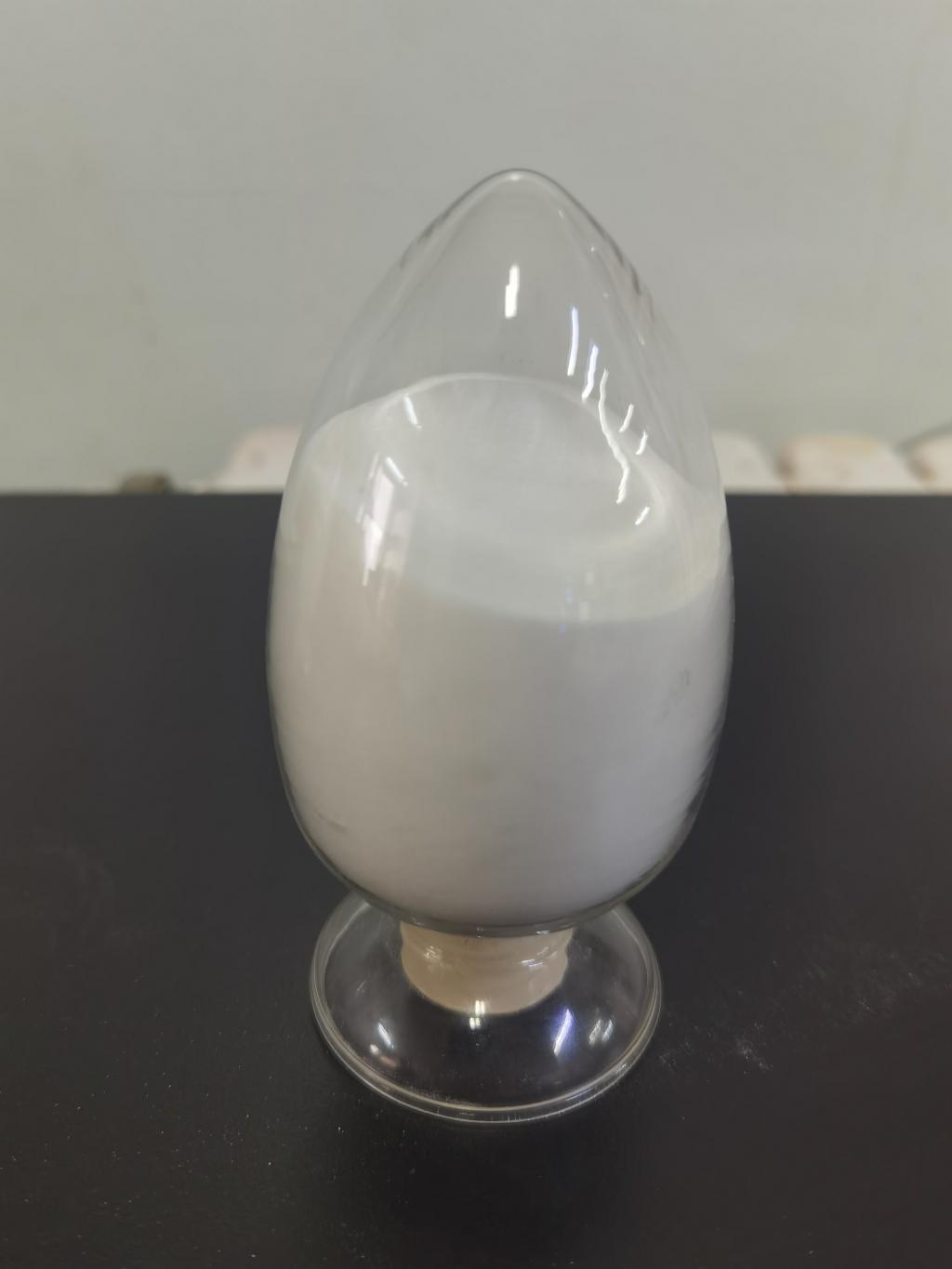
 CONTACT
CONTACT
- Linkman:Linda Yao
- Tel: +8618231198596
- Email:linda.yao@dcpharma.cn
- Linkman:CHARLES.WANG
- Department:Overseas
- Tel: 0086 0311-85537378 0086 0311-85539701
ε-Polylysine Hydrochloride and Traditional Medicine: Bridging Science with Tradition
TIME:2023-12-26
The intersection of modern science and traditional medicine has given rise to a fascinating exploration of synergies between age-old practices and cutting-edge innovations. ε-Polylysine hydrochloride, a natural antimicrobial agent derived from bacteria, stands as a remarkable example of this intersection. This article delves into the integration of ε-polylysine hydrochloride into traditional medicine, examining its applications, potential benefits, and the harmonious balance it strikes between scientific advancements and the wisdom of traditional healing practices.
Understanding ε-Polylysine Hydrochloride: A Bridge Between Science and Tradition
ε-Polylysine hydrochloride, an antimicrobial peptide, is produced by certain bacterial strains. Its natural origin and broad-spectrum antimicrobial properties make it a valuable tool in modern science, particularly in the realm of food preservation and pharmaceuticals. However, the incorporation of ε-polylysine hydrochloride into traditional medicine opens up new possibilities for harnessing its benefits in holistic healing practices.
Historical Context of Traditional Medicine
1. Holistic Approaches to Healing
Traditional medicine, rooted in ancient cultures and indigenous practices, often takes a holistic approach to health and well-being. Systems like Traditional Chinese Medicine (TCM), Ayurveda, and various indigenous healing traditions emphasize the interconnectedness of the body, mind, and spirit. The use of natural substances, derived from plants, minerals, and sometimes animal sources, has been a hallmark of traditional healing practices.
2. Emphasis on Prevention and Balance
Traditional medicine places a strong emphasis on preventive measures and maintaining balance within the body. Herbal remedies, dietary guidelines, and lifestyle practices are integral components of traditional healing, aiming to address the root causes of ailments and restore harmony to the individual.
Applications of ε-Polylysine Hydrochloride in Traditional Medicine
1. Antimicrobial Properties in Herbal Formulations
The antimicrobial properties of ε-polylysine hydrochloride align with the principles of traditional medicine that often incorporate natural substances with inherent healing properties. In herbal formulations, the inclusion of ε-polylysine hydrochloride can enhance the antimicrobial efficacy of traditional remedies, contributing to the fight against infections and microbial imbalances.
2. Preservation of Traditional Medicines
Traditional medicinal preparations, often derived from plant extracts, can be susceptible to microbial contamination and spoilage. ε-Polylysine hydrochloride, with its preservative qualities, can play a role in extending the shelf life of these formulations, ensuring their efficacy over a more extended period and enhancing accessibility for individuals seeking traditional remedies.
Harmonizing Modern Science with Traditional Healing Practices
1. Validation Through Scientific Research
The integration of ε-polylysine hydrochloride into traditional medicine allows for a bridge between empirical knowledge and scientific validation. Research studies can explore the traditional uses of specific herbs or remedies and assess how the incorporation of ε-polylysine hydrochloride enhances their therapeutic properties. This validation provides a scientific basis for the continued utilization of traditional healing practices.
2. Complementing Traditional Therapies
In cases where microbial infections or imbalances are a primary concern, ε-polylysine hydrochloride can complement traditional therapies. For example, in Ayurveda, where herbal formulations are central to treatment, the addition of ε-polylysine hydrochloride can enhance the antimicrobial action of these formulations, offering a more comprehensive approach to healing.
Potential Benefits in Specific Traditional Systems
1. Traditional Chinese Medicine (TCM)
In TCM, the concept of balancing the body's vital energy, or Qi, is fundamental. Herbal remedies play a significant role in restoring this balance. The antimicrobial properties of ε-polylysine hydrochloride could be explored in the context of TCM to fortify herbal formulations targeting infections or imbalances that disrupt the flow of Qi.
2. Ayurveda
Ayurveda, the ancient healing system of India, emphasizes the use of herbs and natural substances to maintain balance among the three doshas—Vata, Pitta, and Kapha. The addition of ε-polylysine hydrochloride to Ayurvedic formulations may enhance their antimicrobial efficacy, supporting the system's holistic approach to health.
Considerations and Challenges
1. Cultural Sensitivity and Respect for Traditions
Integrating ε-polylysine hydrochloride into traditional medicine requires a nuanced approach that respects cultural sensitivities and the principles of traditional healing practices. Collaboration with practitioners and communities is essential to ensure that the incorporation aligns with the cultural and ethical values of traditional systems.
2. Dosage and Safety
Determining the appropriate dosage of ε-polylysine hydrochloride in traditional formulations is a critical consideration. Safety assessments must be conducted to ensure that the addition of this natural antimicrobial agent does not compromise the overall safety and well-being of individuals using traditional remedies.
Conclusion: A Symbiotic Relationship for Holistic Well-Being
The integration of ε-polylysine hydrochloride into traditional medicine represents a harmonious convergence of ancient wisdom and modern science. As we navigate the complexities of health and healing, this synergy offers a pathway to enhance the efficacy and accessibility of traditional remedies while respecting the integrity of diverse cultural healing practices.
In a world where the demand for natural and effective solutions to health challenges persists, the collaboration between ε-polylysine hydrochloride and traditional medicine emerges as a promising frontier. This bridge between science and tradition holds the potential to not only validate and enhance traditional healing practices but also contribute to a more inclusive and holistic approach to well-being. As we continue to explore the synergies between the wisdom of the past and the innovations of the present, ε-polylysine hydrochloride stands as a symbol of the profound possibilities that arise when science and tradition join hands in the pursuit of holistic health.
- Tel:+8618231198596
- Whatsapp:18231198596
- Chat With Skype







